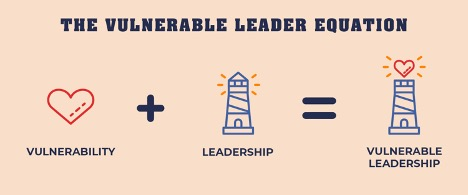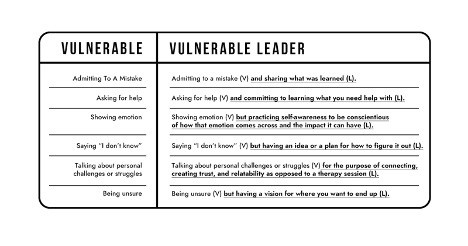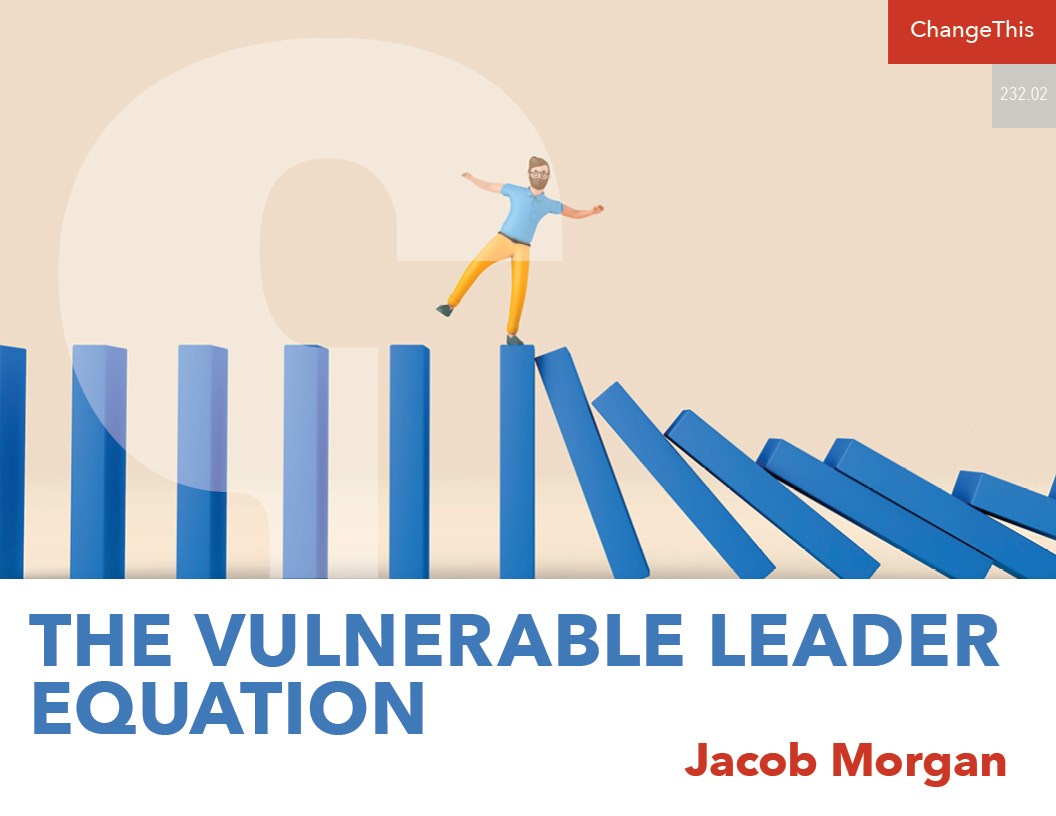The Vulnerable Leader Equation
January 10, 2024
Being vulnerable at work is not enough, writes Jacob Morgan. To go a step further, leaders must be open while also taking action to create a positive outcome.
On August 20, 1991, Hollis Harris, then-CEO of Continental Airlines, told his 42,000 employees that the company was struggling and he wasn’t sure of the path forward. He ended his memo by telling his employees to pray for the future of the company.
The next day, Hollis was fired.
If Hollis were a junior employee who worked in accounting, then those statements would have had minimal impact. Some employees may have taken notice, maybe some would have taken him out to lunch to ask him why he’s having a bad day, and he would have received some words of encouragement and support from his leader and life would have moved on. When you’re a leader, the things you say and do carry more weight and have more impact.
Another such leader is Fleetwood Grobler, the President & CEO of Sasol Limited, a South African energy and chemical company with over 28,000 employees. He took over when the company was $13 billion in debt and about to be repossessed by the banks, and this was even prior to the pandemic, which really pushed the company downward. He, too, was asked to address his employees, but his message was different.
Fleetwood acknowledged the difficult time they were in and that the business was struggling. However, he also said he had a vision of where the company could go in the future. He told his employees that if they all worked together, they could rebuild trust in the eyes of their people and their customers. He said they had a great team and if they helped him move things forward that together they could get things back on track, and that’s exactly what they did. Fleetwood was also vulnerable in his message, but he did something that Hollis didn’t: he added leadership to the vulnerability.
In our personal lives, we all know the power of vulnerability; it helps us connect with our friends and family members and build great relationships.
We’re also told to be vulnerable at work, but is that good advice? It turns out, it’s not!
At work, we have a very different dynamic that includes hierarchy, deadlines, bosses, customers, money, and a host of other things. Is being vulnerable in that kind of environment really just as easy as it is in our personal lives?
What if you’re in a leadership role where you are actually responsible for the lives of others and for the fiscal side of a team or business? Is vulnerability for you the same as it is for everyone else?
From the over 100 CEOs I interviewed at companies including GE, American Airlines, Edward Jones, Hyatt, and dozens of others, the answer is a resounding no!
To understand why this is the case, consider why you were hired in your current role. You were hired because you have a set of capabilities, skills, and talents to do a job that the company needed help with. So, what happens if, after you get the job, you show up to work each day talking about your mistakes, challenges, failures, and feelings? At some point, those around you are going to say, “Maybe this isn’t a good fit.”
What does being vulnerable at work even mean? Vulnerability is saying or doing something that exposes you to the potential of emotional harm, for example, sharing a personal challenge or struggle or admitting to a mistake or failure. Another way to think about vulnerability is exposing a gap that you have. It could be a gap in experience, knowledge, understanding, emotion, etc.
Leading with vulnerability, on the other hand, takes this one step further—it’s about saying or doing something that exposes you to the potential of emotional harm while taking action to create a positive outcome. Or, it’s about exposing a gap that you have but then demonstrating what you are trying to do to close that gap. This would be admitting to making a mistake but also sharing what you learned and the steps you are going to take to make sure the mistake doesn’t happen again in the future.
Combining competence with connection is what I call, The Vulnerable Leader Equation.

A vulnerable leader is a leader who intentionally opens themselves up to the potential of emotional harm while taking action (when possible) to create a positive outcome. For example, you admit to making a mistake at work and take action to fix it and review what you learned. You share a personal challenge or struggle at work to build trust and connection and get support. You ask for help and take action to get the necessary training required to get up to speed. The intended outcome is positive and you take action when you can.
Sometimes, we are put in vulnerable situations that we didn’t intend to be in; it’s how the leader reacts during those times that determines what kind of leader they are. Vulnerability creates connection and leadership is about being good at your job.
In the survey I conducted with leadership firm DDI, we asked 14,000 employees around the world, “What’s keeping you from being vulnerable at work?”
The #1 result BY FAR was, “I don’t want to be perceived as being weak or incompetent.”
So, what’s the solution?
Add competence to the vulnerability!
Take a look at the following examples to see the difference between being vulnerable, versus being a vulnerable leader.

If you want to create trust, lead through change, drive business performance, and unlock the potential of those around you, then you must combine competence with connection— vulnerability with leadership.



